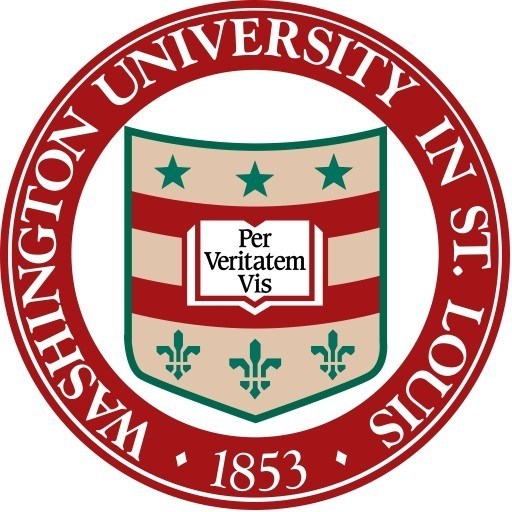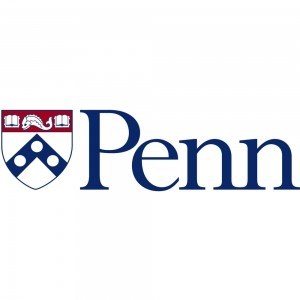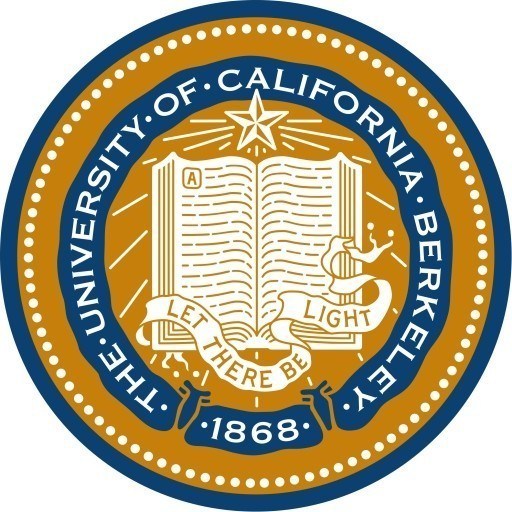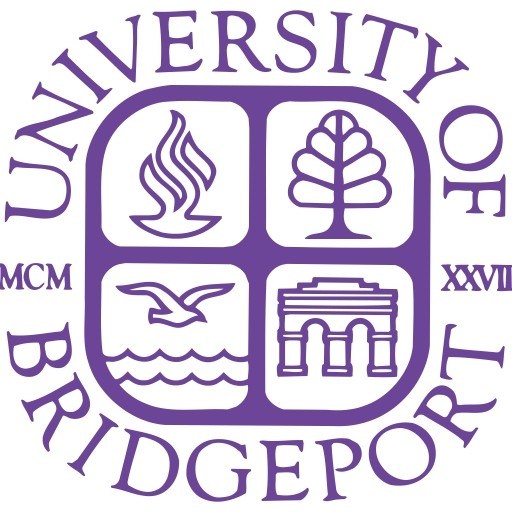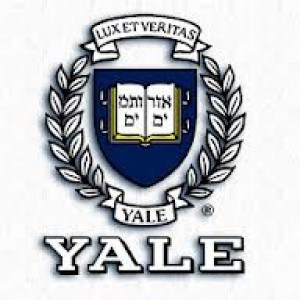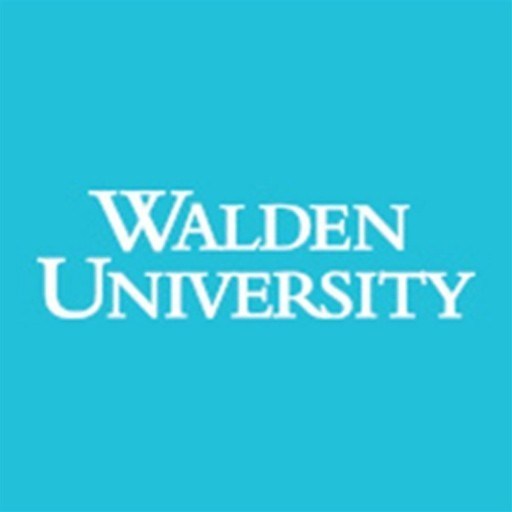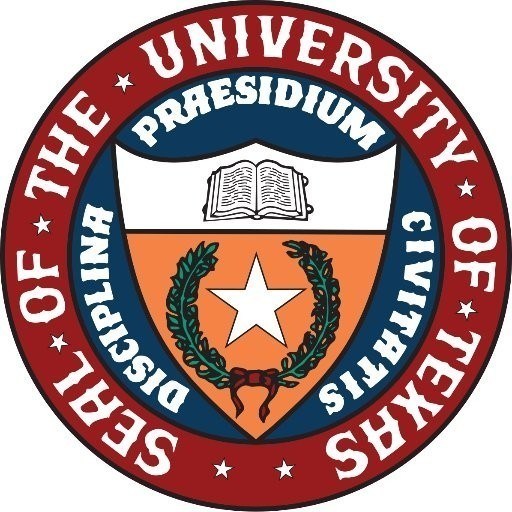Photos of university / #wustl_official
Imaging Science and Engineering at Washington University in St. Louis offers a comprehensive and interdisciplinary program designed to equip students with the foundational knowledge and advanced skills necessary to develop, evaluate, and improve imaging technologies across a variety of fields. This program emphasizes the principles of physics, engineering, computer science, and biology to foster a deep understanding of how images are acquired, processed, and utilized in medical diagnostics, scientific research, industrial applications, and beyond. Students will explore topics such as optics, signals and systems, image reconstruction, image processing algorithms, machine learning, and visualization techniques, preparing them for careers in research, development, and innovation within the imaging industry. The curriculum combines rigorous coursework with hands-on laboratory experiences, enabling students to gain practical skills in designing imaging systems, analyzing complex data, and applying imaging techniques to real-world problems. In addition, students have opportunities for collaborative research with faculty members renowned in fields like biomedical engineering, physics, and computer science, fostering an environment of innovation and discovery. The program aims to develop professionals capable of advancing imaging technologies, improving diagnostic methods, and contributing to scientific advancements. Graduates will be well-prepared for immediate employment in medical imaging companies, research institutions, or to pursue further graduate studies. Through a strong foundation in both theoretical concepts and practical applications, the Imaging Science and Engineering program at Washington University in St. Louis offers an educational experience that combines cutting-edge research with technological development, ensuring students are ready to meet the evolving challenges of the imaging industry and contribute to breakthroughs that improve health, safety, and scientific understanding.
Courses of Instruction
Fundamentals underlying imaging science and engineering and the application of these fundamentals to contemporary problems of importance form the theme of the program of instruction in the IS&E Program. Topics that can be studied include:
- physics of sources detectors, and devices that yield image data
- instrumentation used to acquire image data
- mathematical models and methods for representing and understanding image data and images produced from such data
- conventional and model-based image processing, restoration, and reconstruction
- image-based decision, estimation, cognition, and control
- computer architectures, parallel computers, and specialized digital systems for processing and simulating image data
- physics, psychophysics, and technology of image display
- image digitization, compression, storage, and transmission
- image representation, interpretation and evaluation
The IS&E Program is structured around required and elective courses that are offered in the participating departments. Each participating department specifies required core courses for their students in the program, as listed below. All students in the program take a tutorial seminar in imaging during their first year, and all participate in a practicum in which they are exposed to research having a strong imaging component.
Required Core Courses in Electrical Engineering
- ESE/CS/SSM/BMED/PHYS 596, Seminar in Imaging Science and Engineering
- ESE/CS/SSM/BMED/PHYS 597, Practicum in Imaging Science and Engineering
- ESE588, Quantitative Image Processing
- ESE520, Probability and Stochastic Processes
- ESE524, Detection and Estimation Theory
- plus, select at least one from the following:
- ESE545, Visions, Dynamics and Control
- ESE585, Optical Imaging
- ESE586A, Tomographic Imaging
- ESE587, Ultrasonic Imaging-Systems (under development)
Requirements
- Application Fee ($75), credit card or check by mail
- Unofficial copies of undergraduate and/or graduate transcripts
- Three Letters of Recommendation
-
- Input recommendation providers' names and email addresses. Recommendation providers are automatically sent an email requesting a recommendation.
- Paper and email recommendations will not be accepted.
- The recommendations must be posted by the published deadline for final application submission.
- Statement of Purpose and Resume/CV
- The Statement of Purpose should be a brief document explaining your goals and ambitions. (3 page maximum)
- Current Resume or Curriculum Vitae is to be uploaded in the section immediately following the Statement of Purpose.
- GRE Scores
-
GRE scores are required for all PhD and full-time Master’s applicants with the exception of applicants to the M. Eng. in Biomedical Innovation degree program.
-
GRE scores are not required for applicants to part-time Master’s or the Bachelor’s/Master’s programs.
-
If submitting scores, applicants must report their official scores via ETS at the time of application submission for evaluation purposes. The WashU School Code is 6929.
-
- TOEFL or IELTS Scores
- Required for all international applicants.
-
Applicants must report their official scores via ETS at the time of application submission for evaluation purposes. The WashU School Code is 6929.
Note: This requirement may be waived if the applicant has a minimum of three years of documented study at an English-speaking institution, in a country where English is the primary language of daily living. Based on the evaluation of your application package, we retain the right to require English testing upon arrival and you may be required to take additional English classes. If you are recommended to take English classes, the cost of the courses will be your responsibility.
Scholarships
- Chancellor's Graduate Fellowship Program
- Need-based financial aid assistance
- Merit-based scholarships
The Master of Science in Imaging Science and Engineering at Washington University in St. Louis is a comprehensive program designed to prepare students for leading roles in the field of imaging technology and applications. The curriculum integrates fundamental principles of physics, engineering, and computer science with practical skills in image acquisition, processing, analysis, and interpretation. Students in this program are exposed to a diverse range of imaging modalities, including biomedical imaging (such as MRI, CT, and ultrasound), remote sensing, and industrial imaging systems, providing a solid foundation for careers in research, development, and industry.
The program emphasizes a multidisciplinary approach, encouraging collaboration among students and faculty from various backgrounds including radiology, bioengineering, electrical engineering, and computer science. The coursework covers advanced topics such as signal and image processing, machine learning applications in imaging, medical image analysis, and the design of imaging systems. Students are also provided with opportunities to engage in research projects that contribute to advancements in imaging technology and its applications in healthcare, environmental monitoring, and manufacturing.
Students typically have access to state-of-the-art laboratories equipped with modern imaging hardware and software, supporting hands-on learning and experimentation. The program also offers seminars, workshops, and professional development activities aimed at enhancing students' technical expertise and preparing them for careers in academia, industry, or clinical settings. Graduates of the program are well-equipped to pursue further research, or to take on roles in medical device companies, imaging technology firms, healthcare organizations, or government agencies involved in image-related fields.
The degree can often be completed full-time over the course of 1-2 years, depending on the student's background and whether they pursue thesis or coursework-only options. Admission requirements typically include a relevant undergraduate degree, strong academic records, and sometimes related research experience. The program values candidates with interests in applied imaging, computational techniques, and interdisciplinary problem-solving methods. Aspiring students are encouraged to review the specific admission criteria and available financial aid options through Washington University’s official website for detailed guidance. Overall, this program prepares graduates to become innovators in the rapidly evolving field of imaging science, contributing to scientific discoveries, technological innovations, and improvements in human health and safety.
